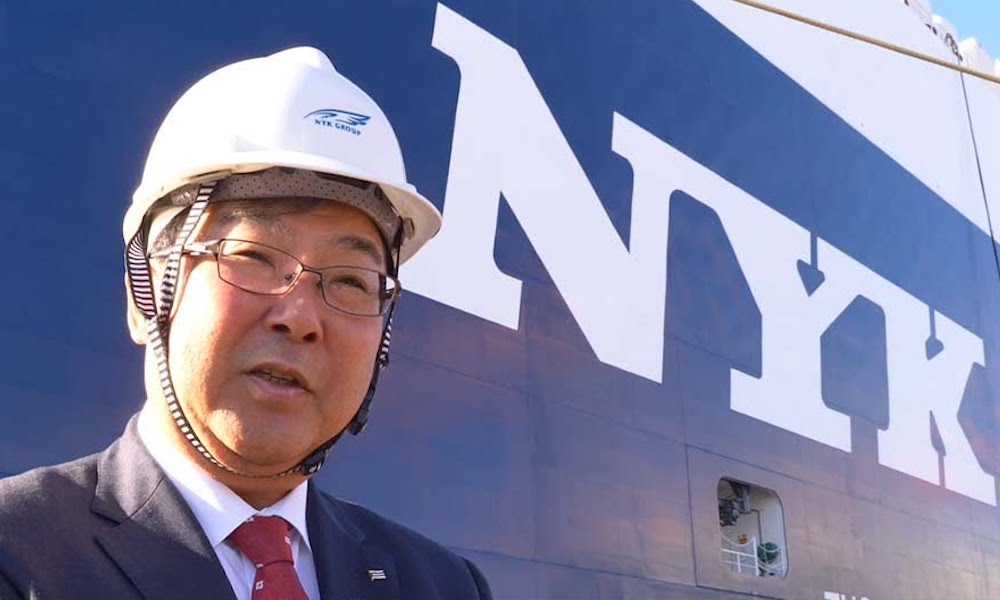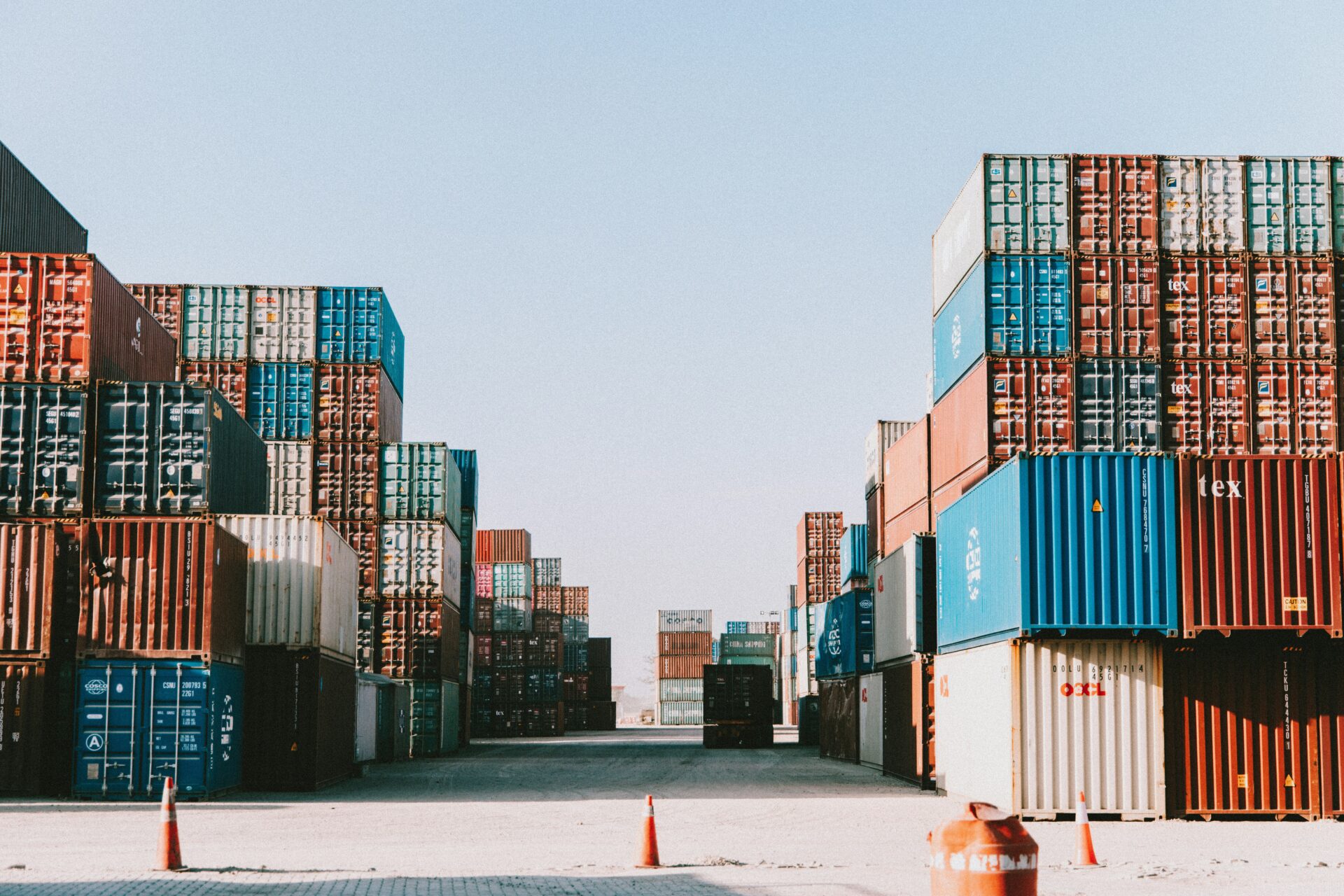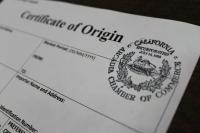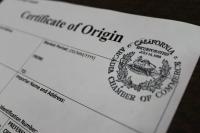MORE THAN ONE IN 10 SHIPMENTS FLAGGED FOR DEFICIENCIES IN NEW CARGO SAFETY REPORT
Despite misdeclared cargoes making more and more headlines, leading to deaths and vessel losses, new data published today shows more than one in 10 shipments have deficiencies, an alarming upward trend.
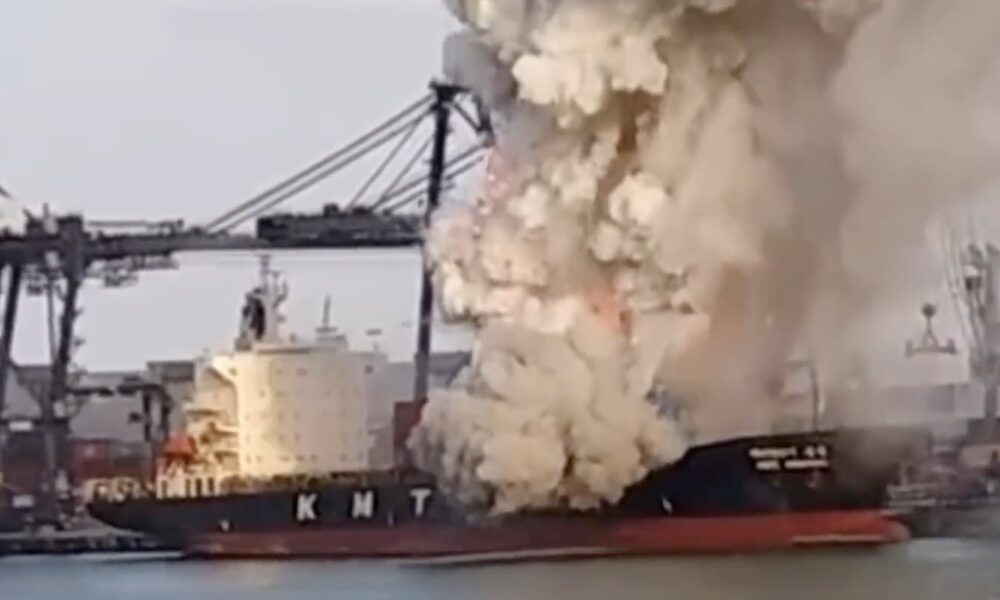
Despite misdeclared cargoes making more and more headlines, leading to deaths and vessel losses, new data published today shows more than one in 10 shipments have deficiencies, an alarming upward trend.
The World Shipping Council (WSC), liner shipping’s lobby group, has released a new report summarising deficiencies found in government cargo inspection programmes, reviving a data series that the International Maritime Organization (IMO) discontinued last year.
The 2024 report shows that 11.39% of inspected cargo shipments were found to have deficiencies, up slightly from the IMO’s final 2023 figure of 11%. These include misdeclared and undeclared dangerous goods, incorrect documentation, and improper packing – all of which can lead to serious safety incidents, including ship fires. Gaps in cargo safety remain far too common
Drawing on port state inspection data, WSC’s report continues a data series dating back to 2011. Under international law, port states may inspect containers to ensure cargo complies with international regulations and standards, including proper declaration and packing of dangerous goods.
“Cargo safety starts with correct declaration and safe packing of goods,” said Joe Kramek, president and CEO of the WSC. “With over one in ten shipments showing deficiencies, the message is clear: gaps in cargo safety remain far too common. Cargo deficiencies put crews, ships, cargo, and the environment at risk.”
By continuing this reporting, the WSC said it could identify trends and take appropriate action to improve the safety of shipping. With only seven port states currently reporting, the WSC today called on more governments to contribute their data to make shipping safer.
The WSC is also developing an industry cargo safety program, which will be launched shortly, to improve cargo screening and inspections.
Misdeclared cargoes remain one of the greatest hidden dangers facing liner shipping. In pursuit of cheaper freight rates, shippers and forwarders continue to falsify container weights and cargo contents, or neglect proper packing and lashing, despite IMO rules mandating verified gross mass since 2016. The result is a string of catastrophic containership casualties – from the MSC Flaminia and Maersk Honam to the ONE Apus and XPress Pearl – where fires, explosions, and stack collapses have been traced back to misdeclared boxes.
According to Lloyd’s Register, such misdeclaration ranks as the third-largest cause of containership accidents. Undeclared heavy boxes placed aloft can render a ship in trouble, driving excessive rolling, stack stress, and box losses. Even more deadly, improperly declared chemical cargoes risk thermal runaway and explosions at sea – events crews are neither trained nor equipped to tackle.
The WSC has submitted its consolidated results in a paper to the IMO’s sub-committee on carriage of cargoes and containers meeting, which starts today.
Sam Chambers



